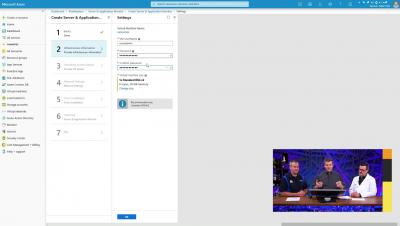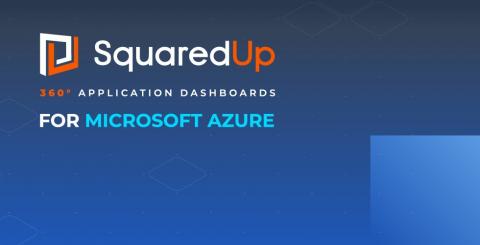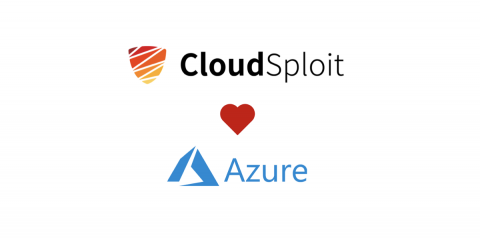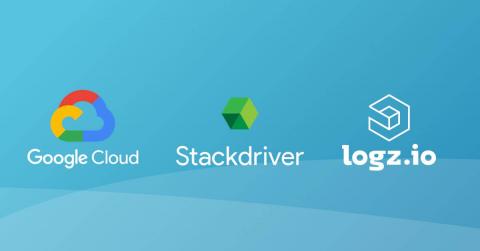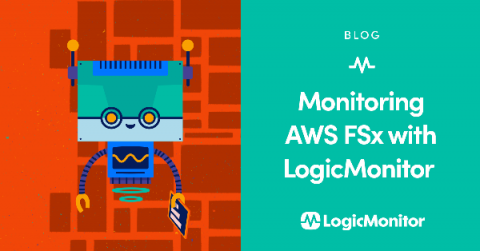What to expect from serverless tech in 2020?
There’s no sure-fire way to tell whether or not serverless tech is going to grow or even be around next year. Every post-apocalyptic movie has thought me that technology is the first thing to go after a catastrophic event happens. And if that happens we’ll have to return to some ancient tech like ** knock on wood ** containers.






